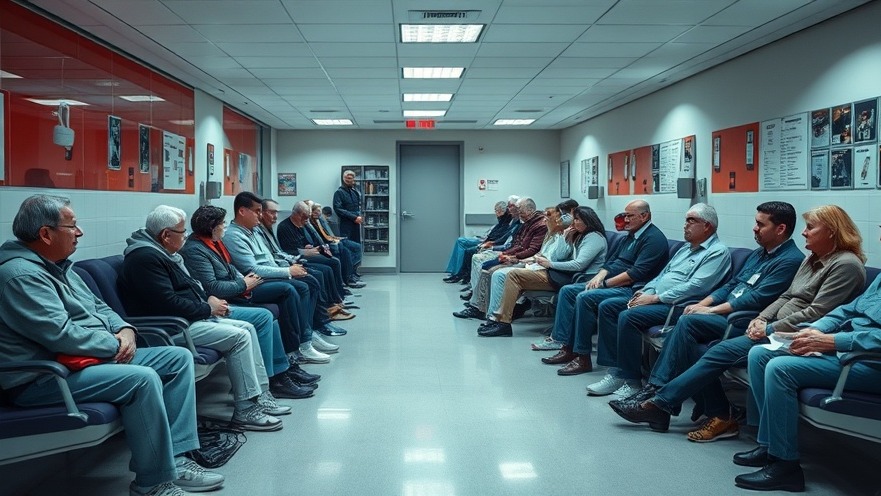
The Importance of Vaccine Coverage in Public Health
Vaccines play a critical role in preventing infectious diseases and maintaining public health standards. In the United States, vaccines are not only crucial to individual well-being but also contribute to the herd immunity that protects broader communities. The ongoing recommendations and regulations set forth by the Advisory Committee on Immunization Practices (ACIP) and the CDC determine vaccine policies that impact insurance coverage and accessibility.
How Changes to Vaccine Recommendations Impact Coverage
Recent actions from the federal government may shift the landscape of vaccine recommendations significantly. The ACIP, established in 1964, is tasked with making recommendations on vaccine administration to the CDC Director. These recommendations strongly influence the coverage mandates for various payers including private insurers, Medicaid, and Medicare. Should recommendations change or be rescinded—similar to the recent adjustments around COVID-19 vaccinations—consumers may find themselves facing new out-of-pocket costs, potentially deterring them from receiving important vaccinations.
Navigating No-Cost Coverage for Vaccines
Presently, almost all insurance providers are mandated to cover vaccines at no cost, ensuring that financial barriers do not impede access for patients. This includes private health plans and employer-sponsored coverage, in addition to government programs like Medicaid's Vaccines for Children (VFC) Program, which provides vaccinations at no charge for eligible children. However, coverage requirements differ for various programs and must align with ACIP and CDC recommendations. For instance, Medicare's coverage specifics can create confusion because some vaccines authorized under Medicare Part B are exempt from the usual recommendations framework.
The Impact of Recent Legislation
Legislation such as the Inflation Reduction Act of 2022 is vital as it reinforces coverage requirements, allowing for wider access to vaccines under programs like Medicare Part D and expanding Medicaid for uninsured adults. These enhancements aim to secure more preventative health services, ensuring communities are better equipped to fight vaccine-preventable diseases. Understanding the linkage between legislation and health outcomes is essential for consumers who want to grasp how changes will affect their healthcare costs and access.
Future Trends in Vaccine Policy and Coverage
As the federal administration continues to reshape vaccine guidance and implementation pathways, the trends in coverage will ultimately reflect broader health and wellness initiatives across the nation. Policymakers and health advocates must remain vigilant in monitoring these changes and advocating for policies that ensure equitable access to vaccines for all populations, especially vulnerable groups. Future trends will likely evolve in response to public health data, COVID-19 experiences, and an increased focus on preventative care.
Community Reactions and Perspectives
This ongoing issue has generated varied reactions within communities. Some express concern that reduced government guidance may lead to a decline in vaccination rates and public health outcomes, while others believe a streamlined process could enhance vaccine innovation and deployment. Engaging with diverse perspectives and conducting comprehensive public health education can help bridge gaps in understanding and foster community resilience against infectious diseases.
Conclusion: The Vital Role of Public Health Awareness
With the overlapping themes of health access, public policy, and personal health choices, understanding vaccine coverage is essential for suburban professionals committed to their wellness and fitness. Awareness of how health policies shape healthcare costs and availability equips consumers to make informed decisions about their health. Therefore, it’s crucial to stay updated on health news and explore how changes in policy may affect you. Educate yourself, advocate for your health needs, and support initiatives that safeguard community health.
 Add Row
Add Row  Add
Add 




 Add Row
Add Row  Add
Add 

Write A Comment